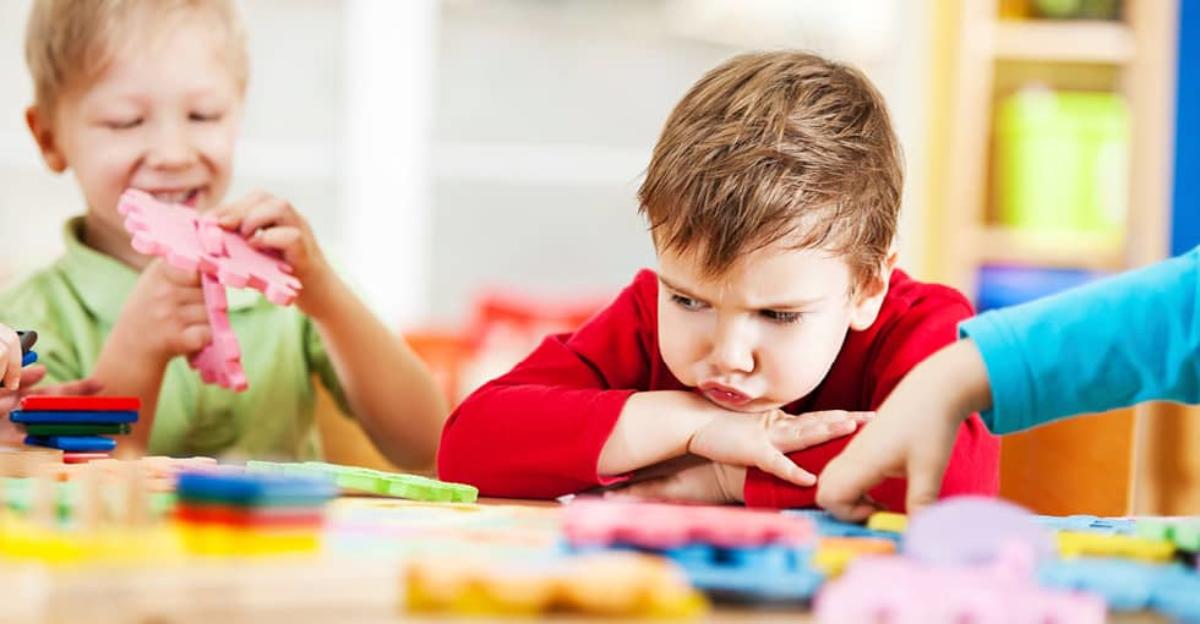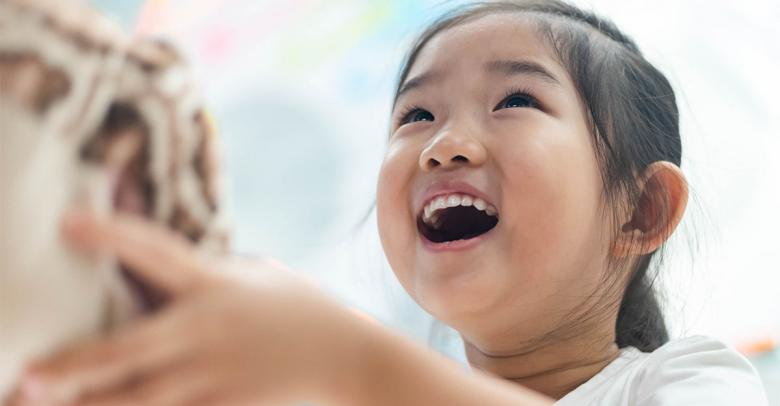According to the US Department of Health and Human Services, bullying behavior actually begins in early childhood; some children begin to assume the role of bully, victim or passive bystander in preschool or kindergarten. Realizing that bullying can begin this early and knowing what signs to look for can help you create a safe, bully free environment in your classroom. It can also give your kids the empathy and assertiveness they need to cope with bullying behavior later in their school career.
Bullying in Early Education
Signs of bullying in the early years are different than the often overtly aggressive behavior seen in the later grades; spotting these early signs can help you provide kids with the tools they need to avoid the bullying cycle. From targeting specific classmates and excluding them from play to manipulating social situations to harm others, the foundation of bullying often begins in the otherwise cheerful and safe early education classroom.
Signs for Bullying in Early Childhood:
- Manipulation of social standing: The emerging bully may specify which children her friends can interact with — and which they can’t. A child that acts to clearly exclude a targeted peer from friendships may be showing signs of early bullying behavior.
- Assignment of roles in pretend play: Kids with natural leadership abilities will often step up and begin assigning play roles – “Mom”, “Baby”, “Puppy”, “Bad Guy”. A child taking on this responsibility is not a bully, unless he consistently targets particular classmates for undesirable roles.
- Physical aggression directed at one peer: If you see a pattern of behavior that indicates that one or more children are targeting a specific peer for physical aggression, it’s time to step in. Not only do the aggressors need to be redirected, the intended victim likely needs help with assertiveness as well.
Three Things You Can Do to Prevent Bullying at an Early Age
Build Empathy: Create a dialogue about the feelings of others and why they matter. Reading books, examining how a character felt and even simple learning activities that boost empathy and understanding can help. Puppets or dolls that portray feelings, videos that promote kindness and rewarding kindness in the classroom can help promote empathy in any would-be bullies.
Intervene: Stop bullying behavior in its tracks when you see it beginning. Step in when you see a bullying situation beginning and explain why the behavior isn’t right for your classroom, and then model the correct behavior for both the aggressor and the victim.
Boost Social Problem Solving: Create role playing and social situations that allow students to work through some typical bullying scenarios and come up with creative solutions. Equipping your students with powerful tools to prevent bullying benefits everyone – the bullies, the bystanders and the victims. You can set up situations specific to your classroom, use a social story scenario from a book or even act out a scene from a movie to build these critical thinking skills.
Spotting the signs of bullying and giving your students the tools they need to cope with aggressive behavior will not only improve your own class dynamics, but also give your students the skills they need later in life.
More Bullying Prevention & Intervention Ideas and Classroom Tips
Making your school and classroom a safe place for all students to grow and learn starts with helping students to understand how their actions impact others. Check out the other ideas for ways to introduce bullying prevention and intervention topics and discussions in your classroom.
Read More: Bullying Prevention & Intervention





